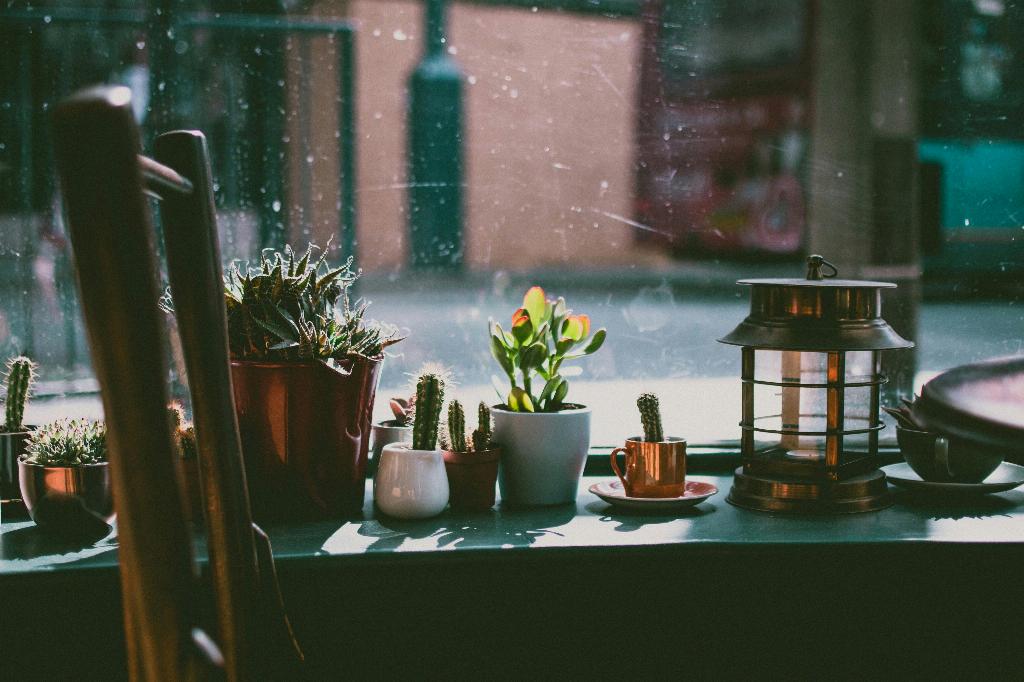Succulents have gained immense popularity in recent years not only for their visually appealing aesthetics but also for their ability to thrive indoors. Many succulent varieties possess distinct leaf shapes that give them striking textures, transforming them into living sculptures that can enhance the beauty of any indoor space. Their adaptability to survive in dry conditions makes them ideal plants for indoor environments, where maintaining proper humidity levels can be a challenge.
When it comes to growing succulents indoors, certain factors need to be taken into consideration to ensure their health and longevity. One of the key aspects is providing adequate light for the plants. While succulents can tolerate low light conditions, they thrive in bright, indirect sunlight. Placing them near a sunny window or providing supplemental artificial light can help promote healthy growth and vibrant colors in succulents.
In addition to light, proper watering is crucial for the well-being of indoor succulents. Overwatering is one of the most common mistakes made by succulent owners, as these plants are adapted to survive in arid environments with infrequent watering. A well-draining soil mix combined with a watering schedule that allows the soil to dry out between waterings can help prevent root rot and other issues associated with excessive moisture.
Temperature also plays a significant role in the growth of indoor succulents. Most succulent varieties prefer temperatures between 60-80°F (15-27°C) and are sensitive to extreme temperature fluctuations. Providing a stable temperature environment within this range can help ensure the overall health and vitality of succulents grown indoors.
Humidity levels are another factor to consider when cultivating succulents indoors. These plants thrive in dry conditions and are susceptible to rot in high humidity environments. Proper air circulation and avoiding overwatering can help maintain optimal humidity levels for indoor succulents.
When it comes to choosing the right containers for indoor succulents, selecting pots with drainage holes is essential to prevent waterlogging and promote proper drainage. Additionally, using a well-draining potting mix specifically formulated for succulents can help support their growth and prevent water-related issues.
Regularly monitoring the growth and health of indoor succulents is crucial for identifying any signs of stress or disease early on. Keeping an eye out for yellowing or wilting leaves, pests, and root rot can help prompt timely intervention and prevent further damage to the plants.
Propagation is another aspect of succulent care that can be explored indoors. Many succulent varieties can be propagated through leaf or stem cuttings, allowing you to expand your succulent collection and share your love for these unique plants with others.
Creating a suitable environment for indoor succulents involves a combination of proper lighting, watering, temperature control, and humidity regulation. By understanding the specific needs of succulents and providing them with the care they require, you can enjoy the beauty and resilience of these plants in your indoor space.
In conclusion, succulents can indeed thrive indoors when given the right conditions and care. Their adaptability to indoor environments, combined with their striking textures and unique shapes, make them excellent choices for adding a touch of nature to your home or office. By following best practices in succulent care and staying attentive to their needs, you can create a thriving indoor succulent garden that brings joy and beauty to your surroundings.

